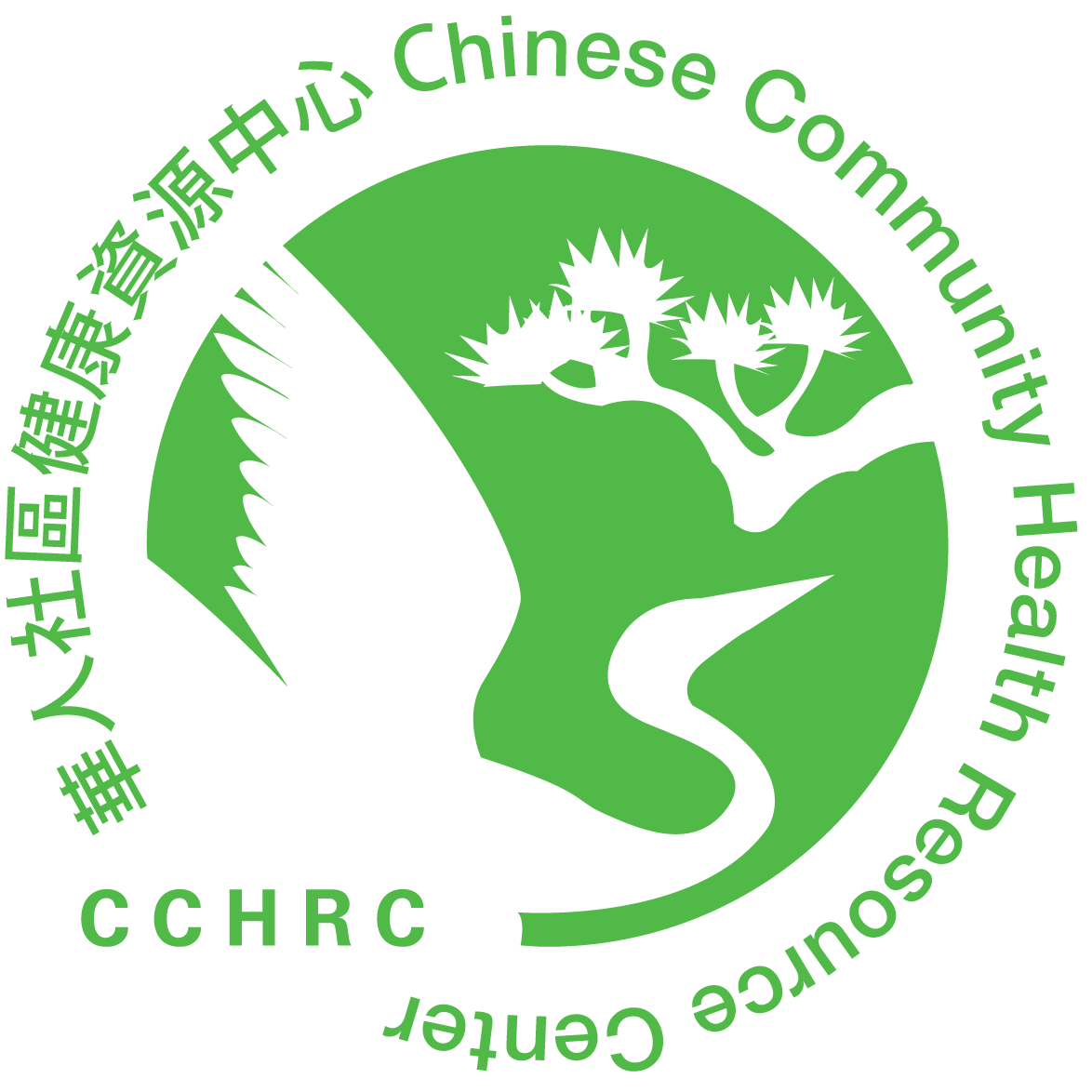What is a kidney stone?
The main function of the kidneys is to filter out wastes from the blood to make urine. Urine then travels down to the bladder from the kidneys via tubes called the ureters. Urine is stored in the bladder until the person feels the urge to visit the bathroom. A kidney stone is a crystal that forms in a person’s urinary tract and blocks urine from leaving the body. When a kidney stone is present, it can cause damage or an infection in the kidneys. Kidney stones come in many different sizes, shapes, and colors.
Risk factors for developing kidney stones
- Family history
- Being overweight
- Inadequate intake of water
- Diet high in sodium, animal protein, oxalates
- Certain medications
- Some medical conditions – such as overactive parathyroid gland, gout, digestive diseases
Common types of kidney stones
Calcium stones:
Calcium stones are usually in the form of calcium oxalate stones. Oxalate is a substance commonly found in nuts, spinach, soy products, black tea, chocolates, quinoa, and wheat bran. Calcium stones occur when there is a high concentration of calcium and oxalate in the urine. Too much oxalate, calcium, vitamin D, and protein in the diet may put you at a higher risk for developing calcium stones.
Struvite Stones:
Recurrent urinary tract infection is the most common cause for developing struvite stones, and women are at a greater risk.
Uric acid stones:
Uric acid is produced when the body breaks down purine, an amino acid that is found in many foods, such as organ meats, red meats, and shellfish. Most of the uric acid is excreted in the urine. Persons with gout (a form of arthritis), who are dehydrated or don’t drink enough fluids, are more likely to develop uric acid stones.
Symptoms of kidney stones
- Nausea and vomiting
- Fever and chills
- Pain or burning sensation when urinating
- Frequent urge to urinate
- Blood in the urine
- Sharp pain in the lower back or in the groin area
Diagnosis of kidney stones
Diagnostic tests and procedures may include blood test, urine test, ultrasound, abdominal X-ray, CT scan, and Intravenous Pyelogram (IVP – a dye is injected into a vein to obtain images of the urinary tract).
Treatment for kidney stones
For small stones:
You will be instructed to drink 2-3 quarts of water every day and take pain medication until the stone passes.
For large stones:
- Ureteroscopy:
Under local or general anesthesia, a thin flexible tube with a lens and light at the end (ureteroscope) is inserted through the urethra (duct through which urine is passed out) to locate the kidney stone. A special tool will then be used to remove the stone. - Lithotripsy:
Under light anesthesia, high-energy sound waves are used to break the stones into small pieces so they can be passed in the urine. - Surgery:
For very large stones, surgery may be needed.
Prevention of kidney stones
- Drink plenty of water – at least 8 cups every day
- Reduce sodium (salt) – too much sodium increases the amount of calcium in the urine
- Reduce animal protein – such as meat, poultry, eggs, fish, seafood
- Reduce foods high in oxalates – such as beets, chocolate, spinach, tea, nuts
- Get enough calcium from foods such as milk and yogurt – too little calcium in the diet actually increases the formation of stones.
If you are taking calcium supplements, take them with meals to help bind oxalates and prevent the formation of calcium stones. - Increase citrus fruits – especially lemons and limes; citric acid prevents stone formation.
- Limit vitamin C supplements to no more than 2000 mg a day
- Take medications to reduce stone formation if prescribed by your doctor
For more information on kidney stones:
American Urological Association Foundation
Copyright © 1997-2022 Chinese Community Health Resource Center
If you would like a copy of this health article, please click on the PDF button in the language you prefer. To view the PDF document, you’ll need Adobe Acrobat, which you can download here.
Bilingual:




